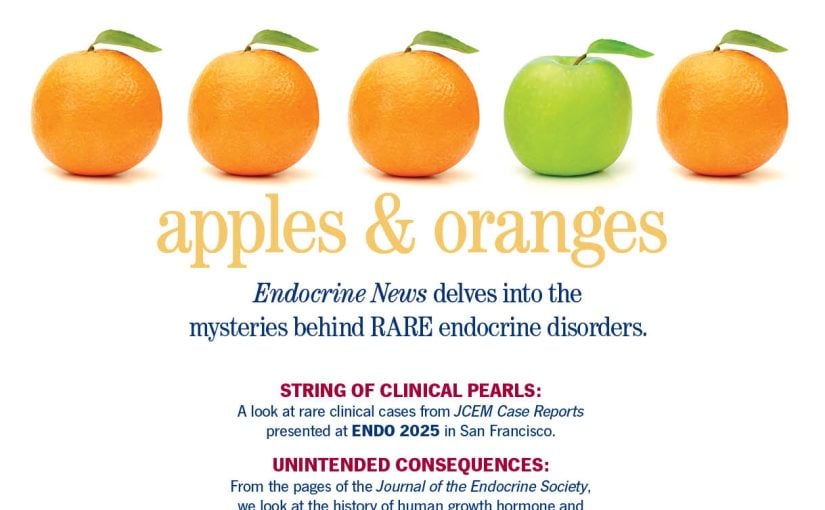Measuring the circulating abundance of microRNAs is likely as effective as measuring the level of sugar in the blood for determining how a young person with type 2 diabetes will fare, according to a study recently published in The Journal of Clinical Endocrinology & Metabolism.
Researchers led by Jeanie Tryggestad, MD, an associate professor of pediatrics in the University of Oklahoma College of Medicine, point out that type 2 diabetes is an especially aggressive disease when it presents in youth and that the ability to timely predict which youth will develop treatment failure or have a decline in beta cell function has been challenging.
This study showed that the microRNAs, at baseline, were nearly as effective as A1C measurement (average level of blood sugar) when predicting who would fail to respond to treatment for type 2 diabetes. Treatment failure was defined as having an A1C of greater than 8% for six months or a circumstance that caused the study participant to go back on insulin without the ability to come back off. Circulating microRNAs also predicted a 20% decrease in beta cell function during the first six months of the study.
Currently, microRNAs can be measured only in a research setting, not in a clinic, but that may change in the future, Tryggestad says. The study’s implications are important not only for the predictive potential of microRNAs, but because they represent a mechanism, or part of the process by which type 2 diabetes develops and worsens.
The samples analyzed in this research came from participants in the TODAY study (Treatment Options for Type 2 Diabetes in Adolescents and Youth). Polymerase chain reaction analyses were carried out for 17 miRNAs from 365 participants from samples at baseline, 24, 60, 96, and 120 months. The authors write that this is the largest study of circulating miRNAs to date from an extensively phenotyped group of individuals with miRNA data over a 10-year period.
“In conclusion, we have identified miRNAs that predict treatment failure and beta cell function decline in youth-onset type 2 diabetes as well as those that are associated with markers of beta cell function,” the authors write. “Circulating miRNAs may prove to be predictors of beta cell failure but may also provide key insights into potential mechanisms underlying beta cell failure. Future work should examine the potential mechanisms that are implicated by these miRNA species as well as the ability of newer therapies to alert their expression.”

